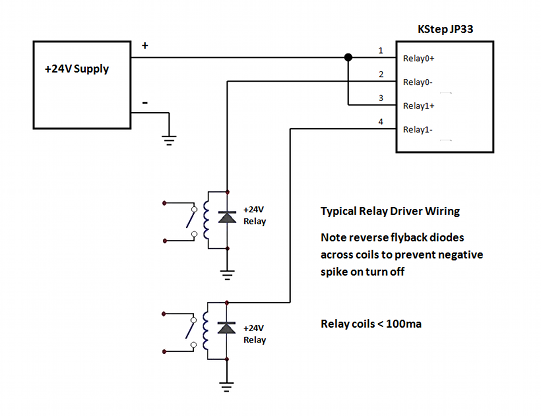Hi!
I'm converting my mini lathe to cnc and I came to a doubt... I've got a 48V DC electromagnetic relay that allows 8A-350VAC of load between its terminals.
But my lathe motor works with 220V DC, not AC. Is it a problem? The relay's coil will be supplied with 48V DC. But the load will be DC instead of AC.
Will this relay work? Or are there specific power relays for DC (coil) and DC (load)?
Thanks
I can't find a datasheet for it: it's marked Schrack ZU200048, but looks exactly like this one attached

I'm converting my mini lathe to cnc and I came to a doubt... I've got a 48V DC electromagnetic relay that allows 8A-350VAC of load between its terminals.
But my lathe motor works with 220V DC, not AC. Is it a problem? The relay's coil will be supplied with 48V DC. But the load will be DC instead of AC.
Will this relay work? Or are there specific power relays for DC (coil) and DC (load)?
Thanks
I can't find a datasheet for it: it's marked Schrack ZU200048, but looks exactly like this one attached
Last edited:











